Today, there is important news from the Zaporizhia direction.
Here, a failed attack exposed the true state of Russian units, with elite VDV branding not being able to mask inadequate planning and logistics. As Russian paratroopers saw what awaited them with such a plan, many decided just to surrender to avoid a certain death, only to immediately become priority targets for their own drone units that received the command to chase and eliminate all deserters.
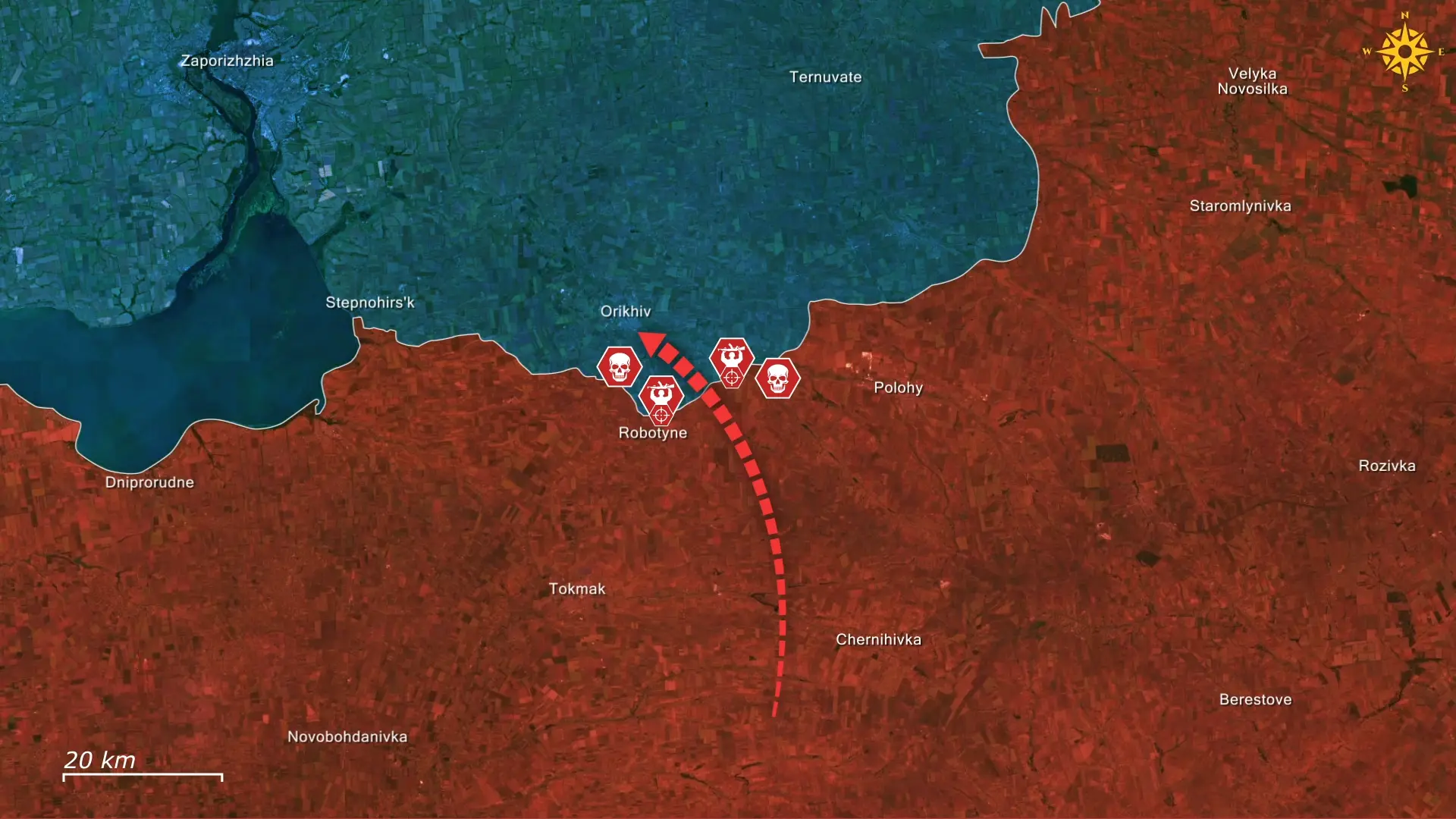
Russian VDV forces were redeployed to the Zaporizhia front to pin Ukrainian defenses in Zaporizhia as part of a combined operation. The hope was that this would split Ukrainian attention in the south, while another operational grouping would try to outflank Ukraine’s defense lines from the east and force penetration into the Dnipropetrovsk region.
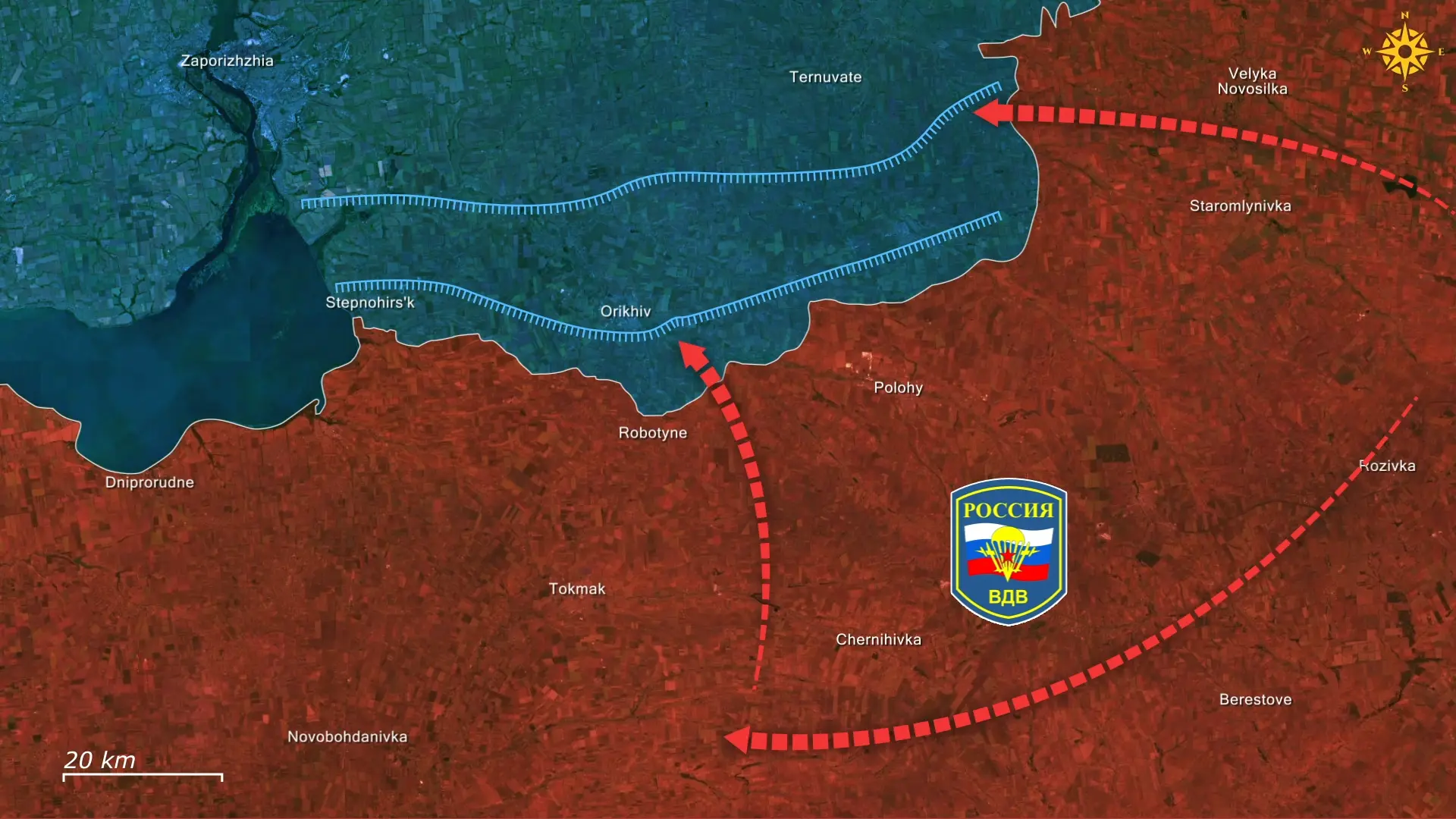
The Russian push towards Orikhiv consisted of a multi-wave assault against Mala Tokmachka, aiming to punch through and consolidate the area. Geolocated footage shows Russian forces advancing with 26 tanks and infantry fighting vehicles over the course of the day, but despite their efforts, 22 of them were destroyed by the Ukrainians by nightfall. Most of the soldiers were also eliminated, with survivors left abandoned by their own command, as a target for the Ukrainian drones clearing the fields.
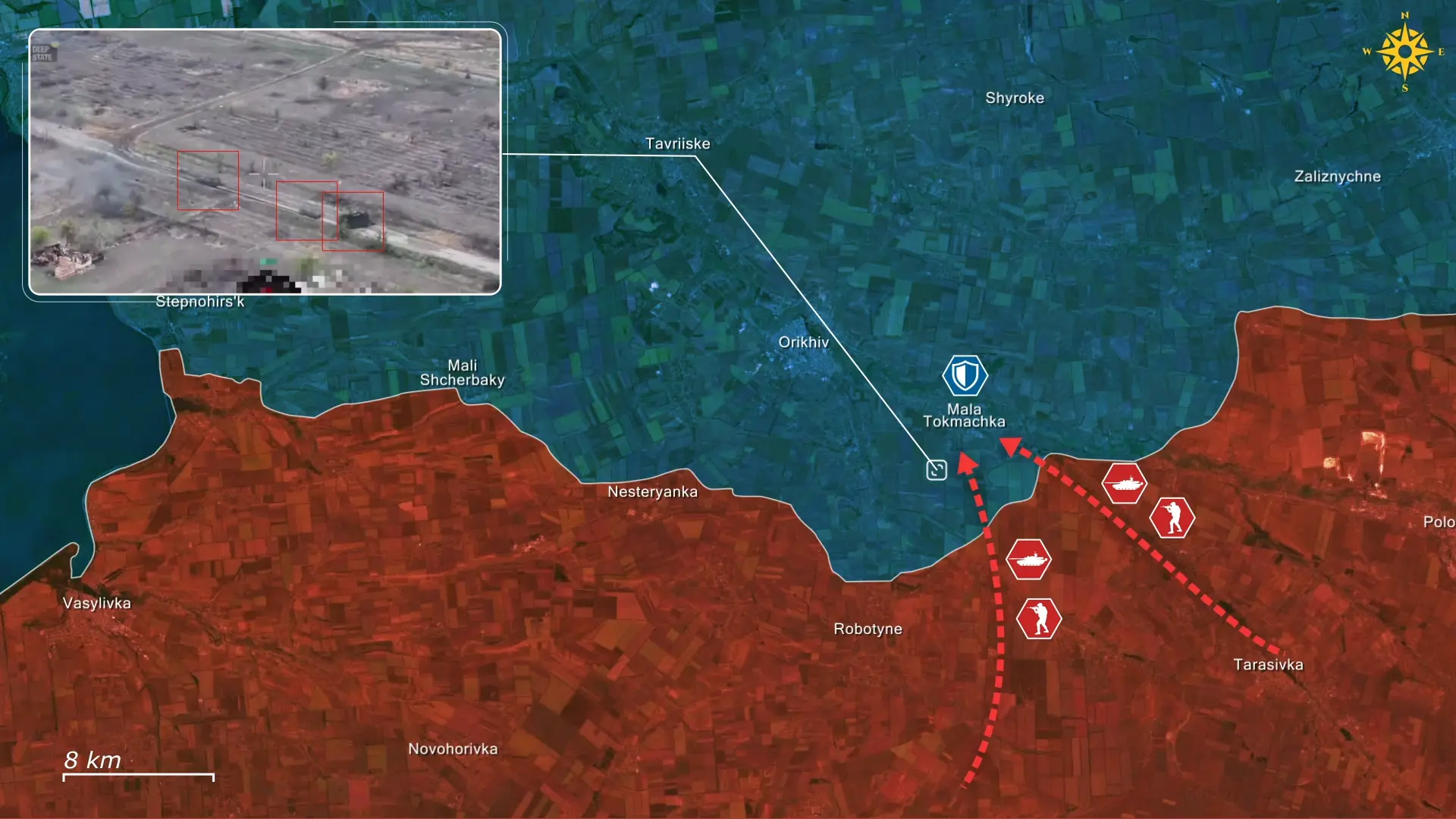

Many Russians join the VDV forces believing they would be treated as elite warriors, trained, equipped, and celebrated. The reality is far more different from what was portrayed; paratroopers were thrown into the meat grinder in sequential waves, watching comrades engulfed by explosions as their own turn soon approached.
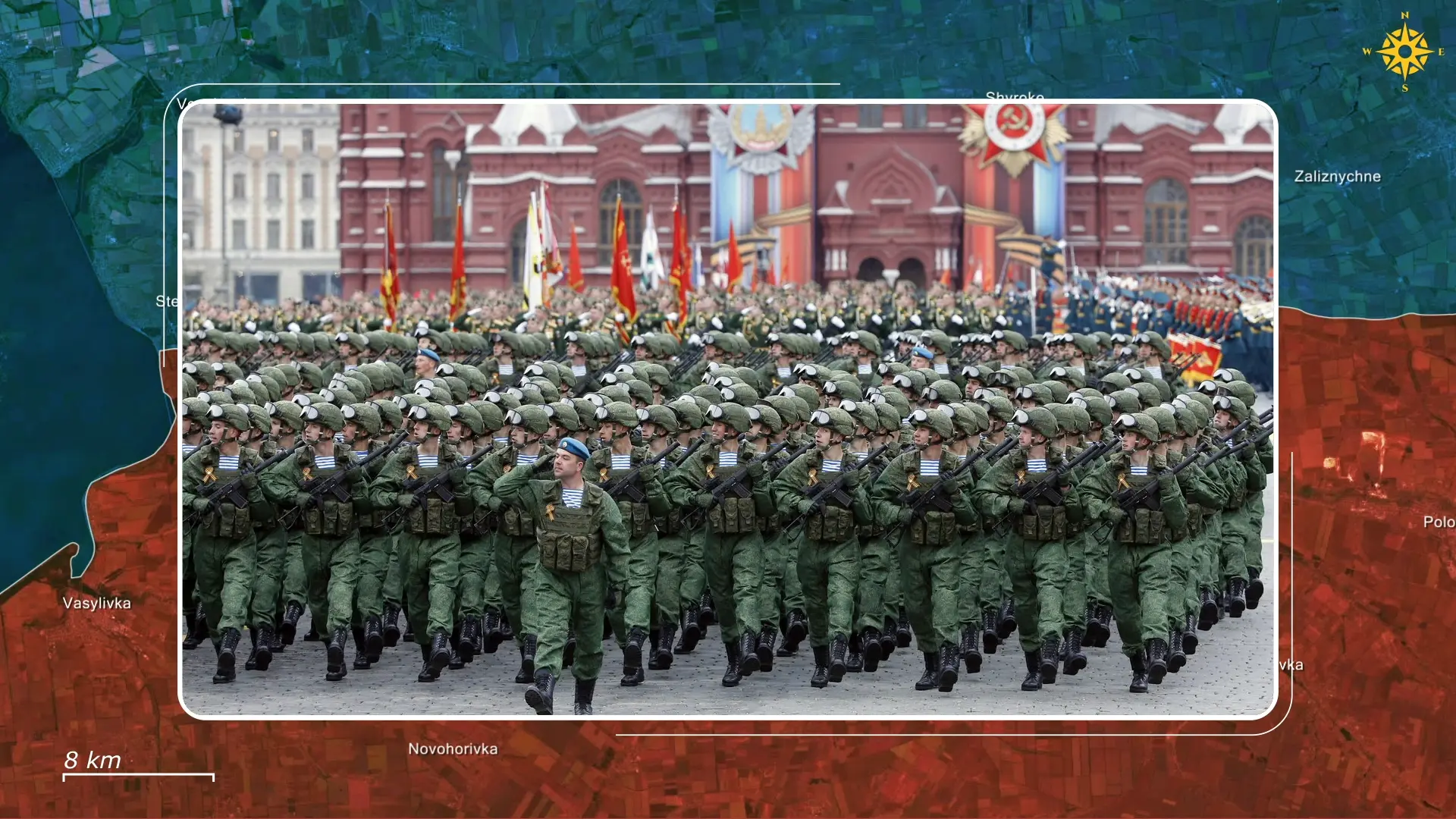
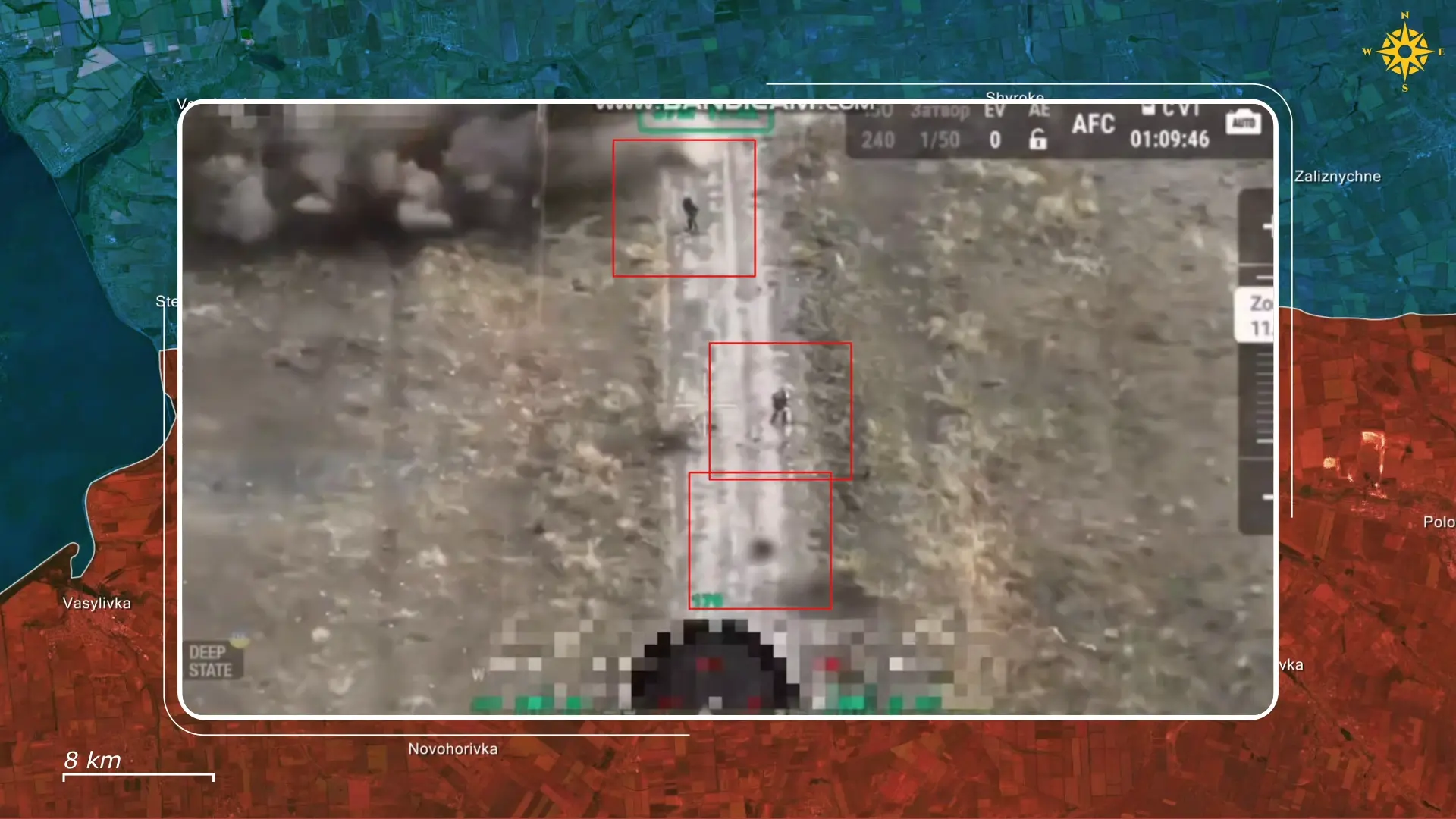
Rather than a coordinated, overwhelming thrust, units were fed into attritional assaults by only several vehicles at a time, with little hope of success and zero plans to evacuate potential survivors. The psychological effect was catastrophic for the VDV recruits, as elite status evaporated into a sense of being expendable.

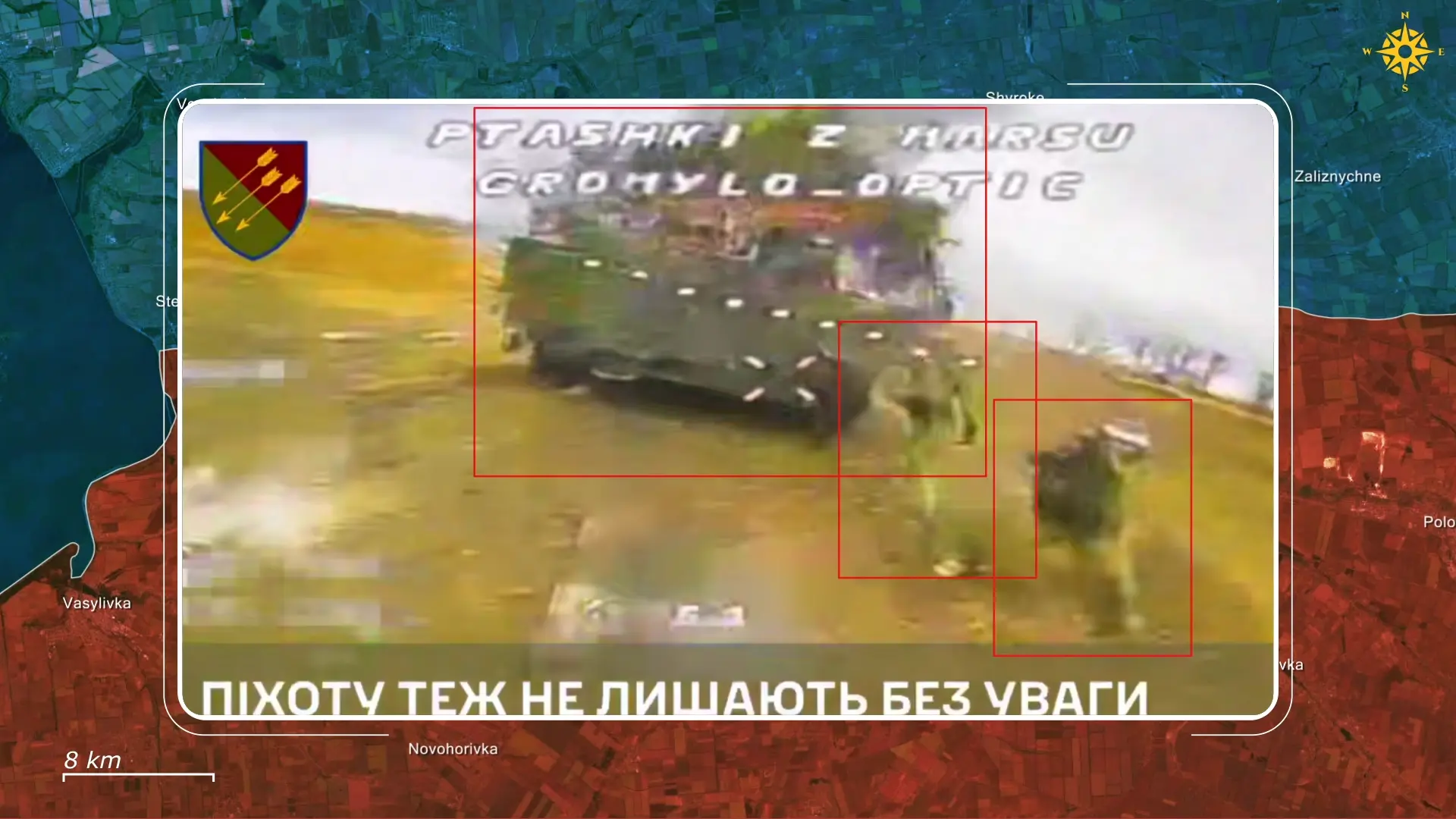
Faced with annihilation, a growing number of Russian soldiers chose surrender over certain death. A video from this direction shows a Russian paratrooper walking out of ruined positions to lay down arms, guided toward Ukrainian rear areas by two Ukrainian soldiers who accepted his surrender and took him as a prisoner of war. This possibility gave the Russian soldier a rational survival choice if only he had not been spotted by his own comrades. Soon after, two Russian FPV drones attacked the group, shockingly ignoring the Ukrainians but focusing on the Russian soldier who had surrendered, with the only goal to punish their own for choosing to live.
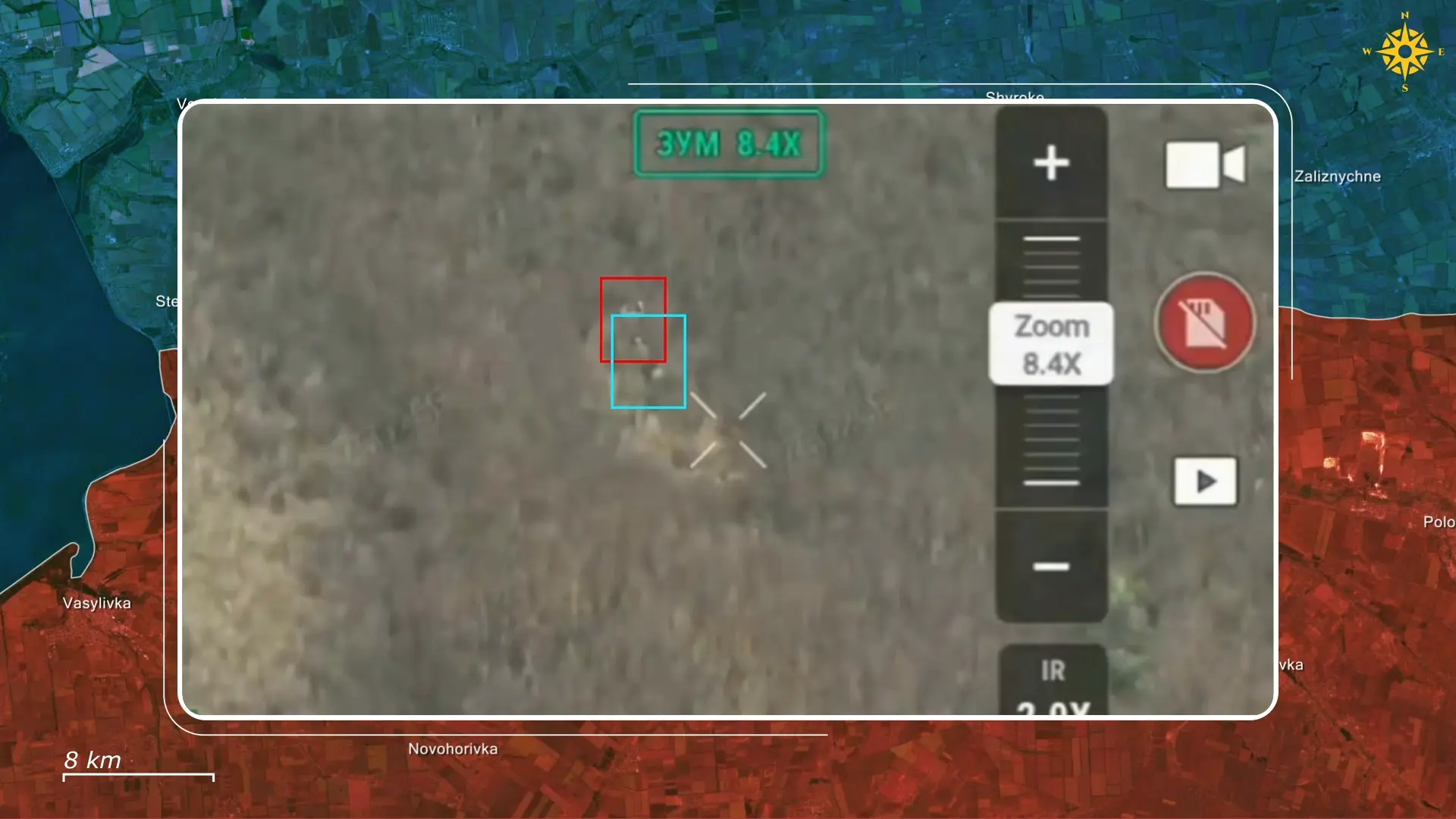
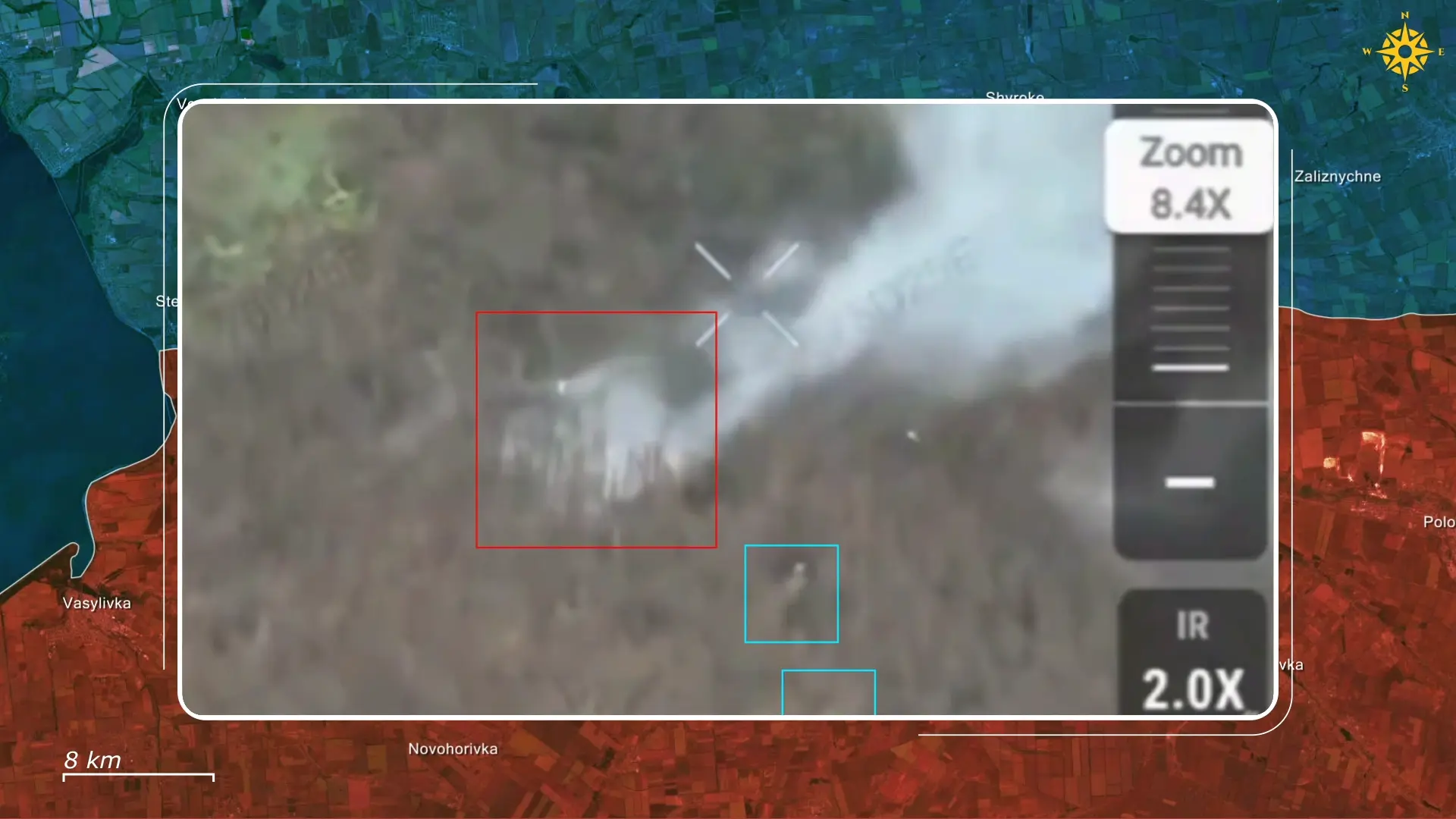
This ruthless Russian field response is intended to deter deserters by a brutal order. When Russian reconnaissance identifies their own troops moving to surrender, Russian FPV drones and artillery units are ready to act and strike the surrendering soldiers. Footage from Stepnohirsk shows another VDV soldier holding his arms up in surrender, but then quickly turning around and pleading with the approaching Russian kamikaze drone trying to kill him, to no avail. The two videos filmed and published right after the major Russian assault show that these are not isolated battlefield incidents but part of a growing set of evidence that such punitive measures have been adopted by the Russian officers to prevent mass capitulation.
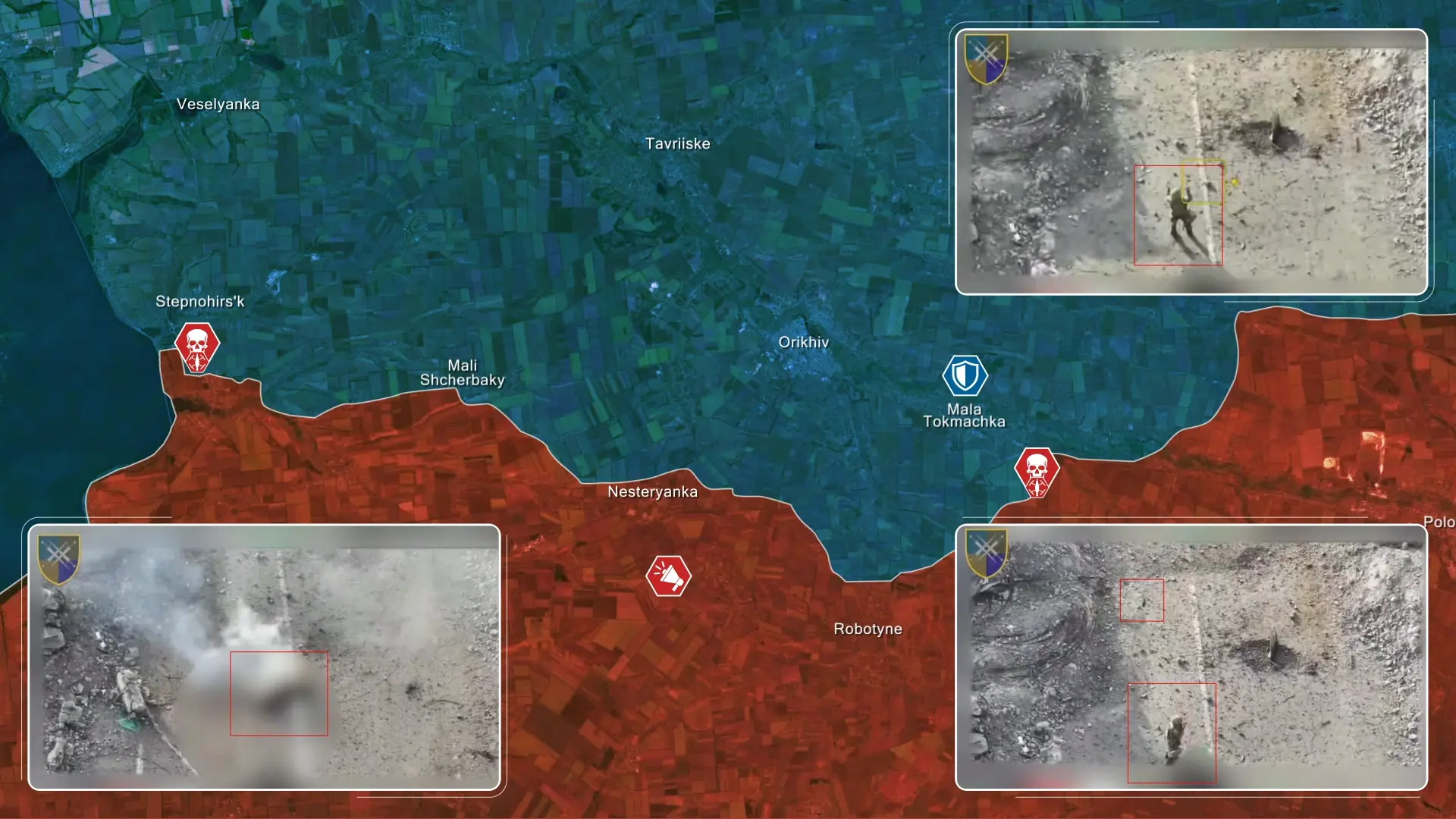
If the Russian command allows surrenders, discipline will collapse further, desertion and refusal will spread, leading to uncontrollable manpower losses. To prevent this, the officers try to reestablish deterrence through public and private punishment but at a steep cost. Ordered executions of surrendering soldiers may slow the spread of capitulation, but they also confirm to recruits that the officers care little for their survival. Potential volunteers or contract recruits watching these developments are also less likely to sign up, creating longer-term recruitment and readiness problems for an army already strained by huge losses.

Overall, what began as a plan to use VDV as a fix for a stalled offensive has become a symbol of the systemic problems of the Russian army. Elite units are treated as expendable, led by a command that is willing to kill its own to slow down the collapse and avoid getting punished themselves by those higher in the hierarchy.
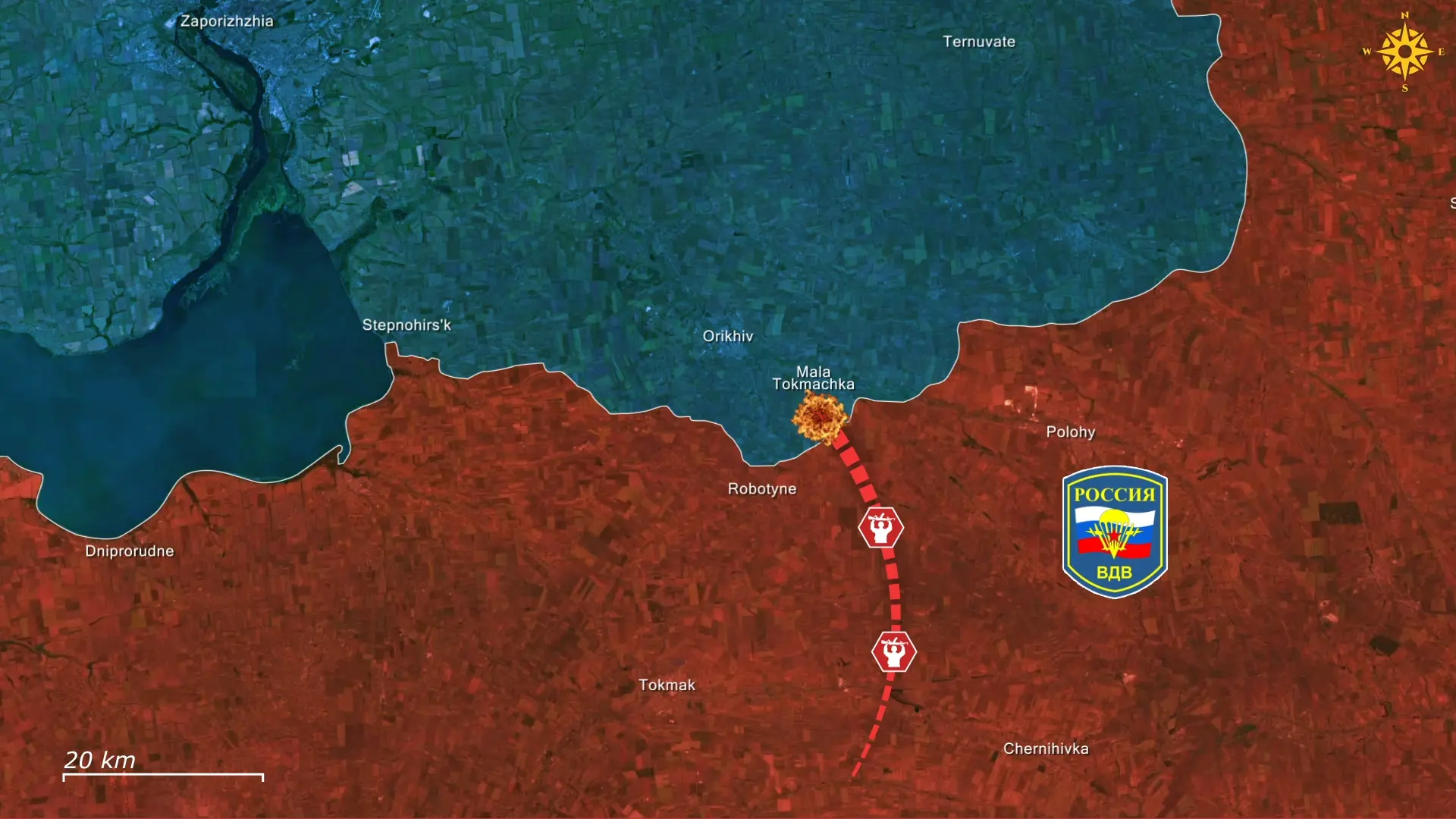
The surge in surrenders and desertions is a significant indicator that cannot be ignored. When soldiers choose captivity over direct orders, the war of attrition is destroying the loyalty that the Kremlin still needs to sustain its campaigns.
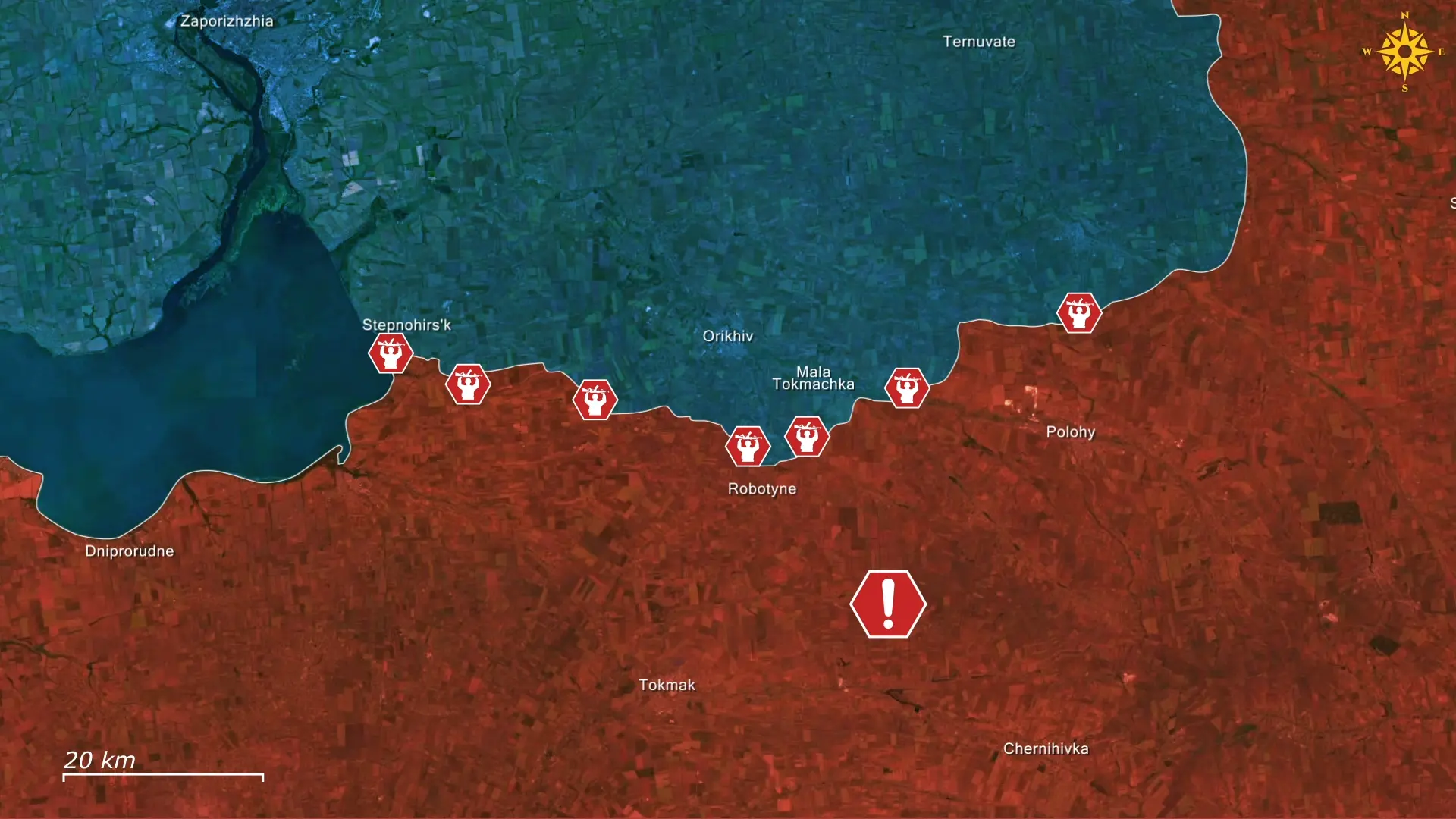









.jpg)
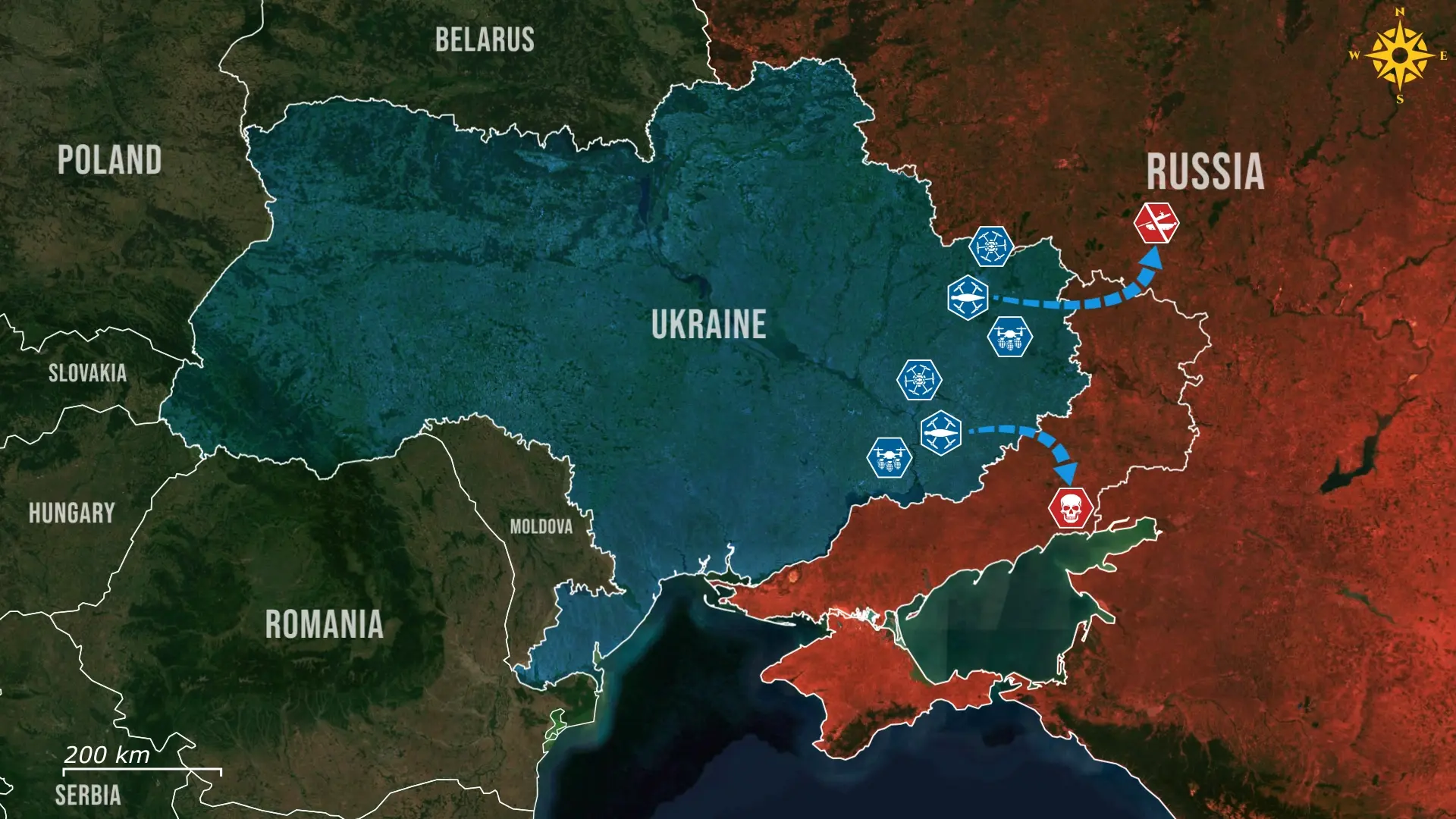

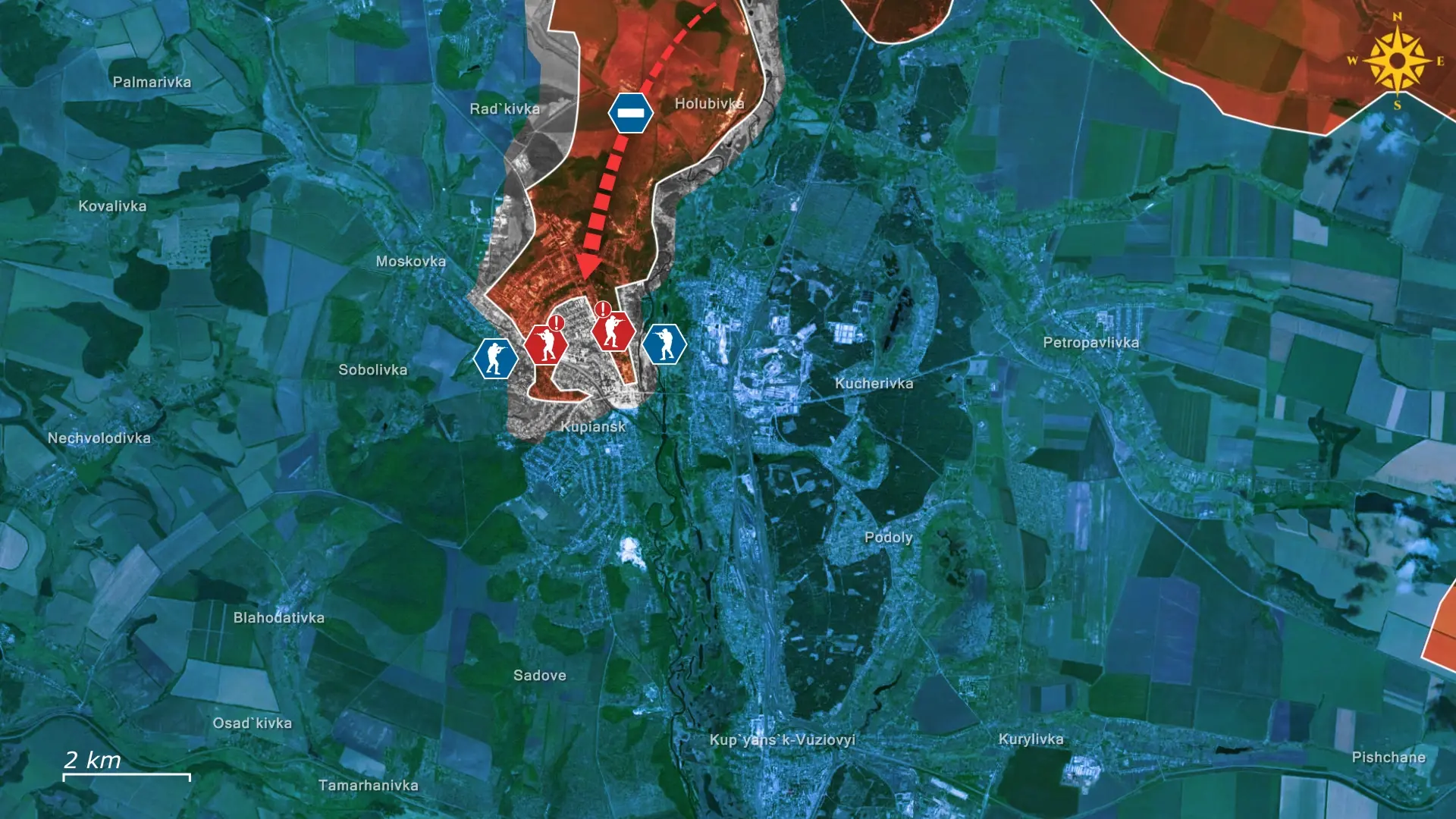
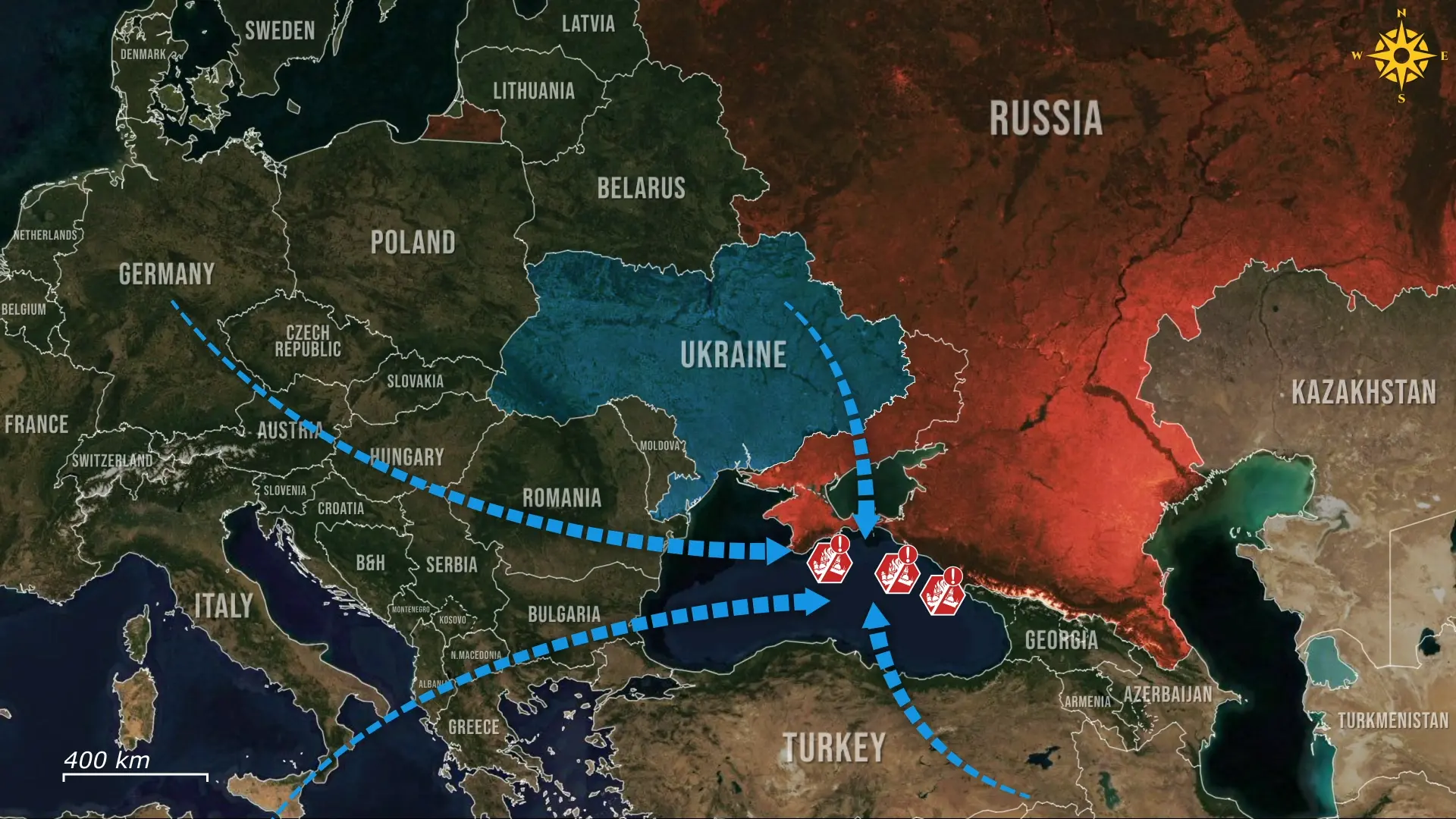
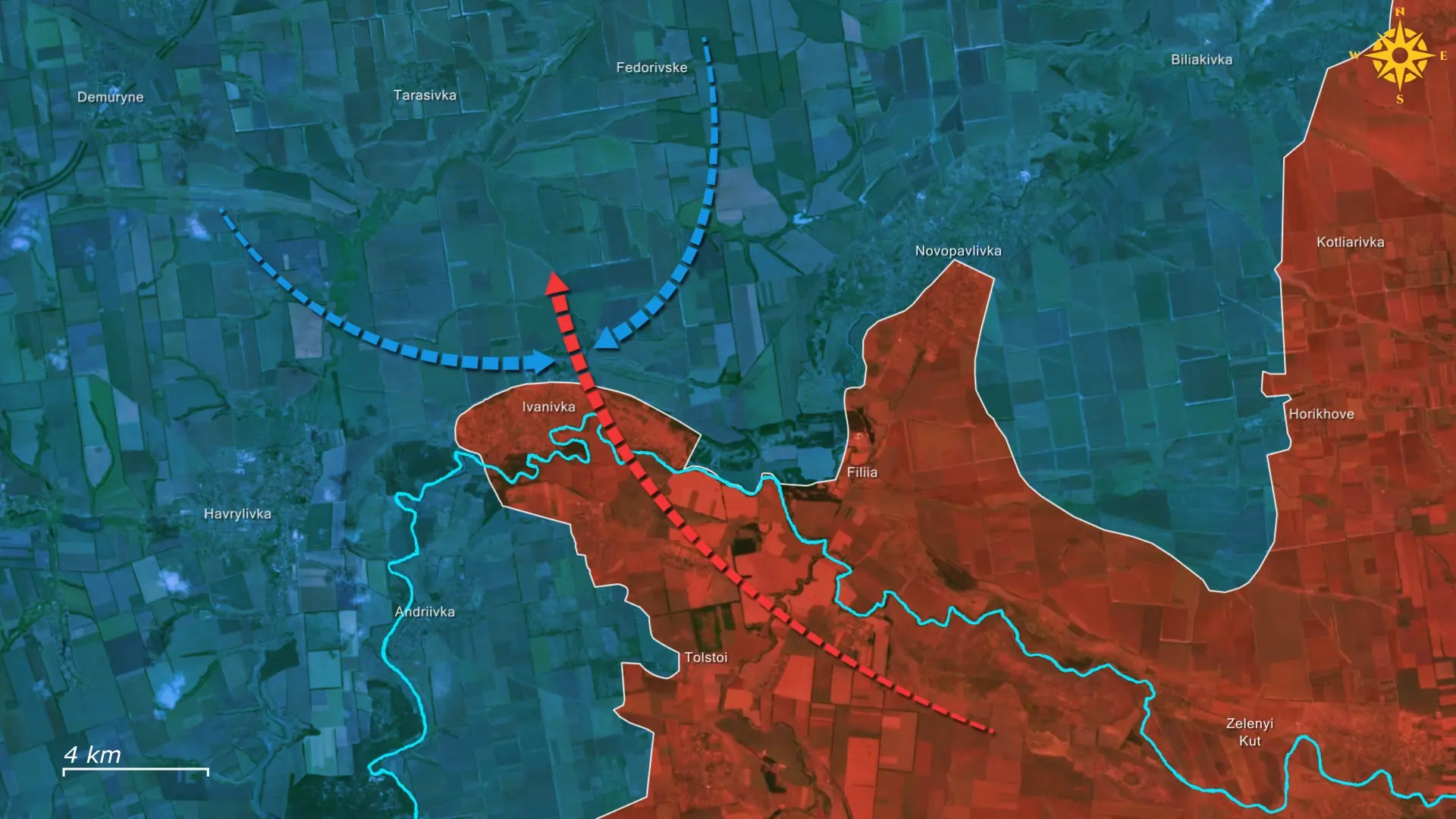

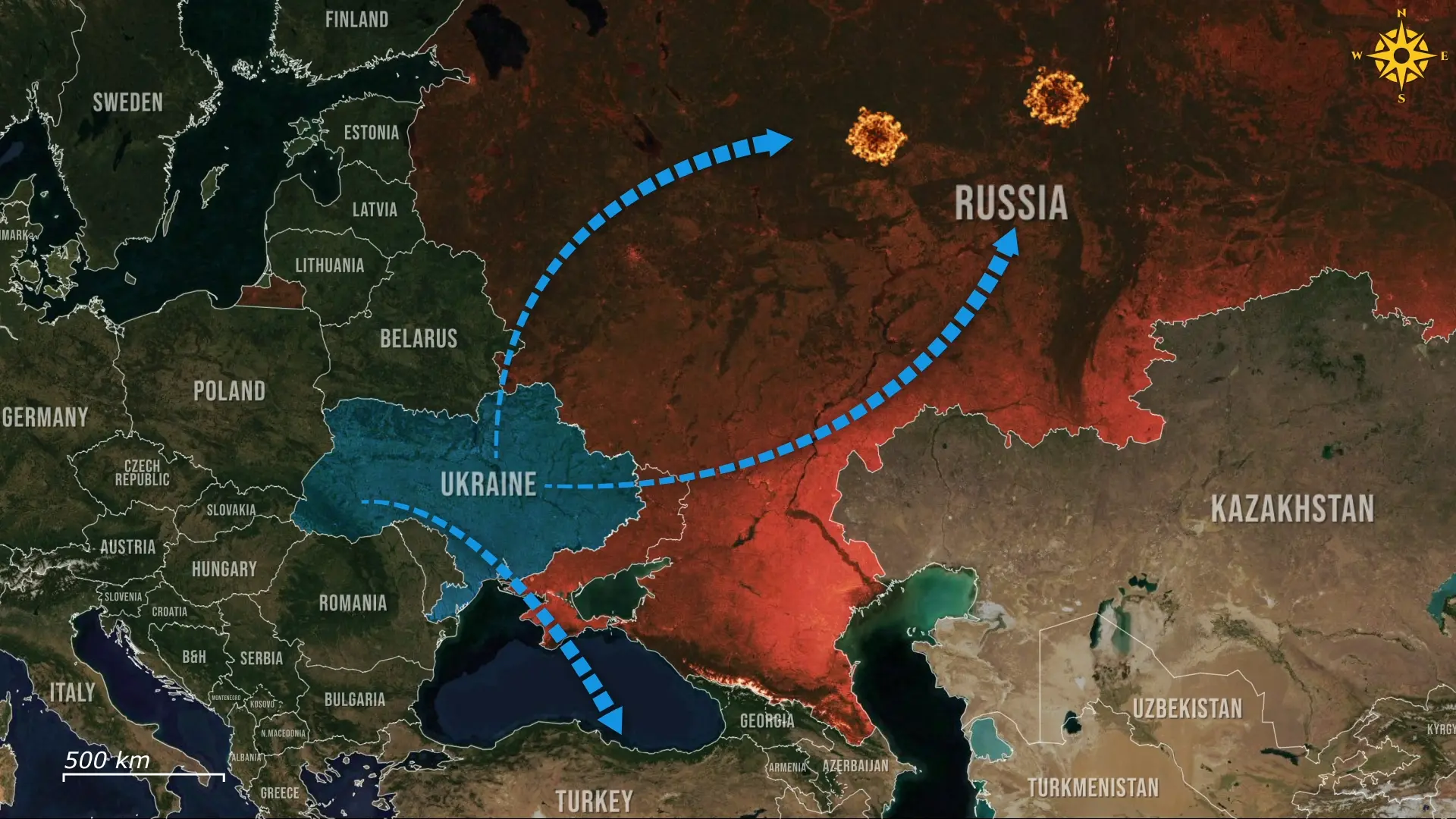
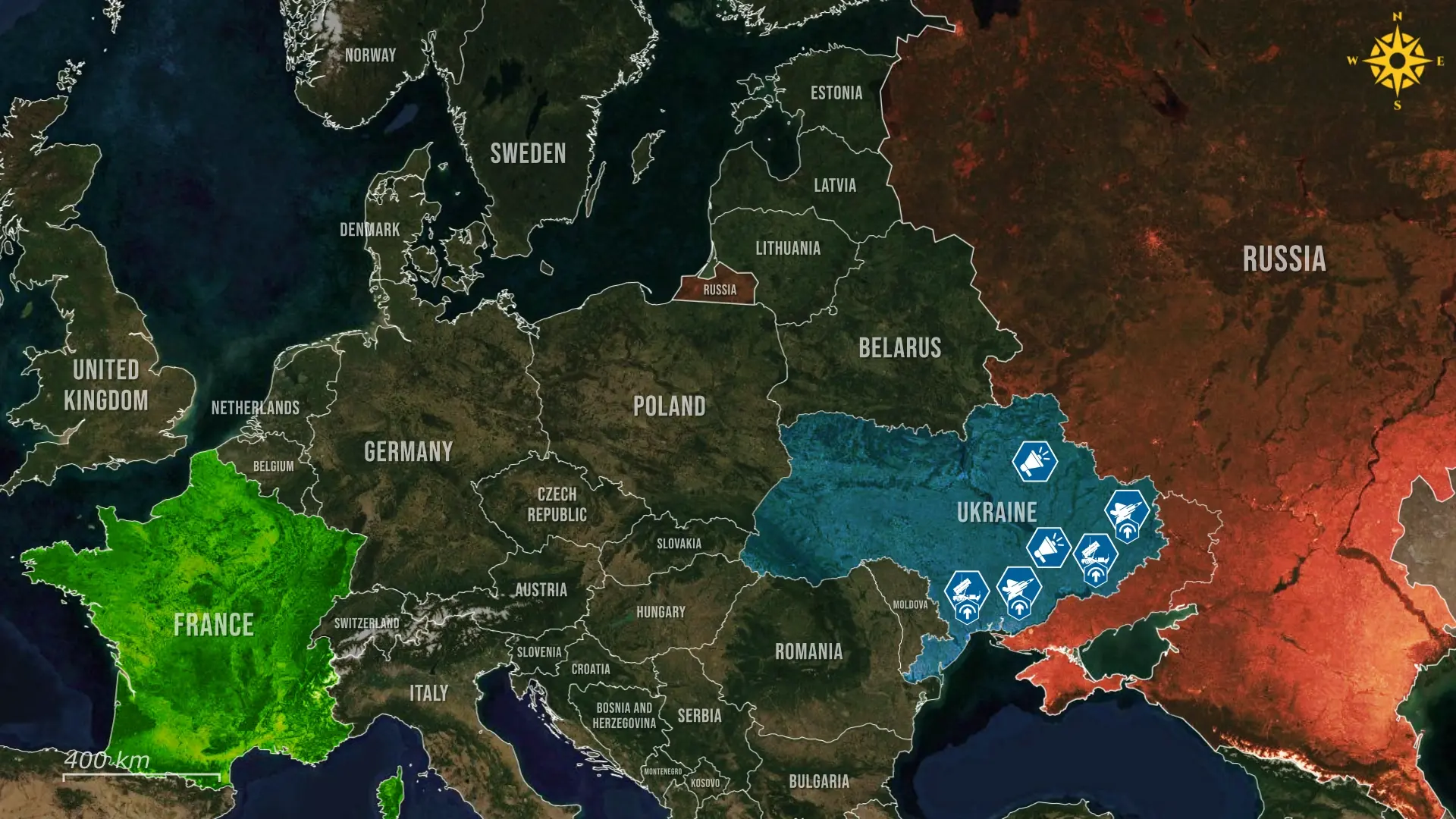
Comments